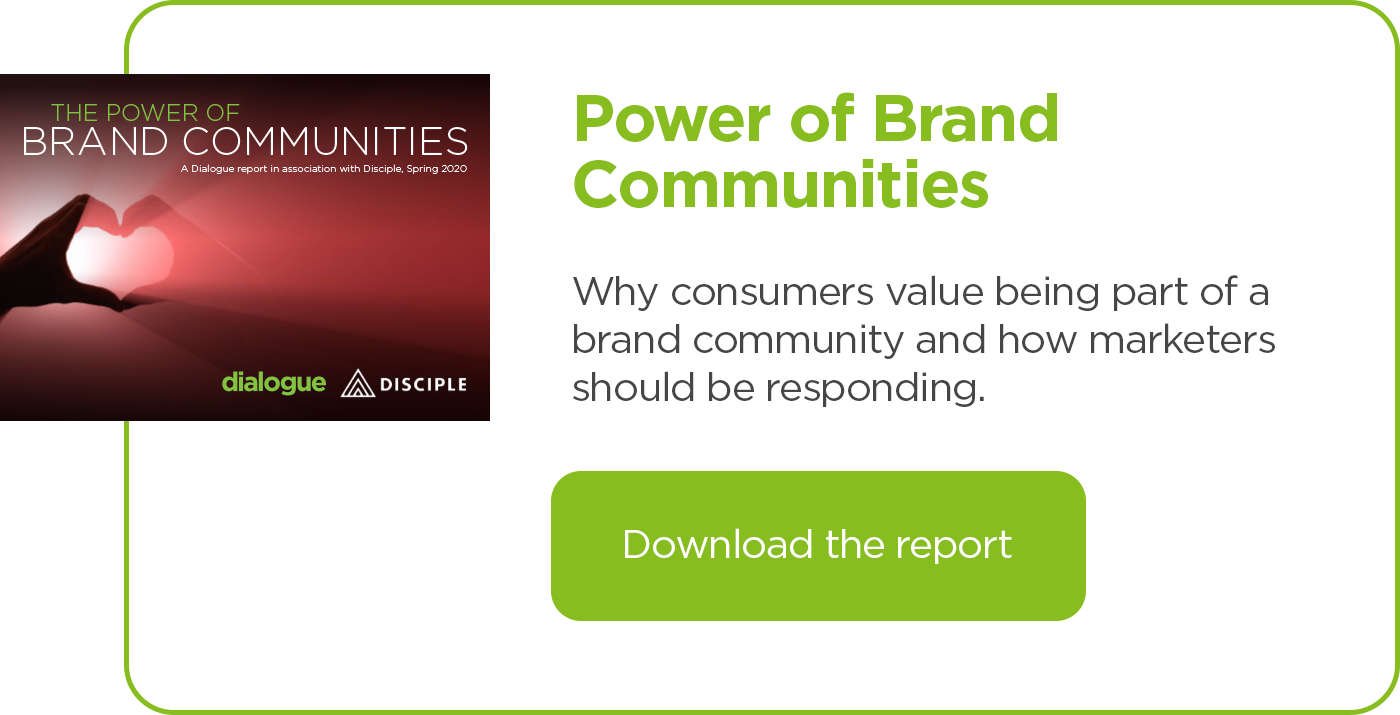
Content Trends 2020
Howard,
-
DOWNLOAD
Your Content Marketing Checklist >

-
REQUEST TODAY
A Content Consultation >

It wouldn’t be the new year without a content marketing predictions 2020 blog, now would it?
While we don’t think there’s going to be any kind of radical ‘throw the baby out with the bathwater’ overhaul in terms of content marketing, we’ve noticed some changes this year that we think spell the future for your content marketing strategy.
How content marketing is changing
Many of last year’s content marketing trends still stand; audio branding, podcasts and voice search need consideration as does video while the brands who invest in martech and marketing automation are the ones who will keep ahead of the pack.
Looking back at this year however and you can see that content marketing as an industry has certainly matured – TikTok anyone? – and forced to deal with more trying circumstances as the changes made by the big media players have started to take effect.
The volume of content and number of participants (everyone from your mum through macro, micro and nano influencers to big business) is creating content and jostling for your attention. As a result, it’s harder for anyone to have meaningful impact in those channels.
Don’t believe us?! Only 50% of Google searches result in a visit to a website while Facebook pages with fewer than 10k fans only generate average organic page post reach of 8.18% and average engagement rate for posts is 3.42%.
While Instagram’s well-publicised hiding of likes is designed to “reduce pressure” on users and increase focus on the content itself, rather than the numbers it generates.
Meanwhile for consumers, trust of social media is going down.
The easy-win that social used to provide has evaporated so brands are going to have to work much harder to generate cut-through. We can all learn a lesson from Lush’s much-talked about departure from social media this year.
We’re entering a world where passion-driven brands will rule (circumventing those pesky algorithm changes), engagement vs views becomes the only-talked about metric and behavioural insight is increasingly key.
As a result, brands are going to have to work much harder to market themselves. Here’s how to generate cut-through in the year ahead…
Content + Advertising
Content and advertising are effectively merging. We know social media is important as it’s where audiences are and where they engage but the reality is that you’re going to have to pay to boost content to reach them. But it can’t be any old content; uniqueness, user-validation and added value for the consumer are still key for cut-through.
Brand partnerships
We’ve seen brands increasingly collaborating over the past decade; Go Pro and Red Bull, Louis Vuitton and Supreme, Nike and Apple are the big stories but expect this trend to continue. The maths is simple: you get to reach double the audience.
And in a world where budgets and attention are squeezed, we’re likely to see much more examples of this; at a product level and at a content level. This tactic is obviously not without its challenges but bringing together two passion brands across multiple channels can ensure reach and engagement.
Influencers
Arguably, the most contentious marketing tactic of the past 10 years, influencer marketing is unlikely to disappear but it is likely to mature thanks to an increasingly challenging social media landscape, as legislation gets tighter and brands realise which influencers really work for them and for what purpose. Expect some of these collaborations to turn into partnerships but whatever the approach, data insight is going to be key in getting it right.
Yes, print. Digital is ephemeral, fast-moving and a challenging medium to generate cut-through in – as a result, it’s driving us into the real-world to experience meaningful and immersive interaction. It has a positive knock-on effect on long-form content therefore; hence the rise of podcasts, experiential and print. Yes, it’s not print as we know it, traditional media will continue to struggle but branded print is winning. This year, we’ve seen both Gucci and Uniqlo launch their own branded magazines. The former’s first edition featured articles on topical issues; ending child marriage, alongside stories about identity, empathy, and femicide while Uniqlo’s shows off only Uniqlo product, its paid ambassadors and its customers.
Even the most digital of brands BuzzFeed launched a one-off magazine.
With the challenge that the new changes in social media have put on brands’ retention strategies, expect brand communities to start taking centre stage as businesses look for other channels to engage their audiences in to turn them from buyers to advocates.
With budgets squeezed and according to Invesp, the cost of a new customer five times as expensive as retaining an existing customer, smarter brands will realise they have to work harder at retention. And the super-smart ones will realise that it’s the 16 – 24 year-old age group who are especially interested.
In our Brand Communities report, it was this demographic told us they were members of brand communities; one (21.25%) or several brand communities (28.75%).This shouldn’t be too much of a surprise; these digital natives who’ve grown up with the internet and for whom social media is a natural part of their daily lives.
Harley-Davidson, Adidas, Sephora and Netflix are pioneers of such approaches while Patagonia is just one of three outdoor brands using this approach.
Now with the advent of apps like Disciple Media, businesses can create their own branded social media experience.
The bottom line is great content is still a necessity, but as always it’s how you maximise and distribute it that counts. And this increasingly, needs data-driven insight to get it right.
Read more insightful articles
See more from the blogHow to create a digital magazine
Brands with print magazines – who’s reaping the rewards?
Are printed magazines sustainable?
Dialogue scoops five trophies at the International Content Marketing Awards
Proud to be a winner of industry awards, recognised as content marketing experts in print and digital media.














